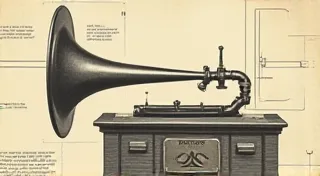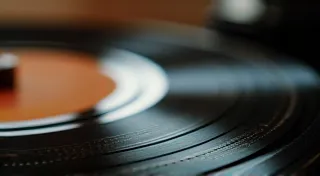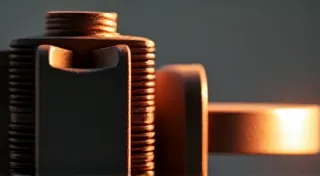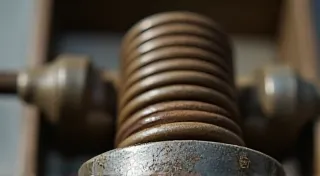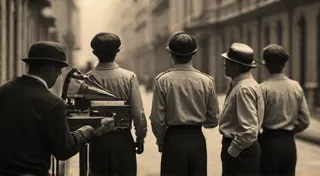Troubleshooting a Noisy Phonograph: Common Causes and Fixes
That beautiful, crackling music from your antique phonograph is magical, but sometimes, that magic is disrupted by unwanted noises. Squeaks, rattles, humming – these can detract significantly from the listening experience. This guide explores common causes of phonograph noise and offers practical fixes to restore your vintage audio system to its optimal performance. We're focusing on general issues, as specific models can have unique quirks. Always consult your phonograph's service manual, if available, for model-specific troubleshooting. Many vintage phonographs rely on complex electrical connections, and understanding the basics of soldering can be extremely helpful when undertaking repairs. If you're looking to build your skills in this area, exploring soldering basics for phonograph repair can be a rewarding first step.
Understanding the Source of the Noise
Before you reach for the lubricant or screwdriver, it's crucial to pinpoint the origin of the noise. Is it a constant hum, a sporadic rattle, or a high-pitched squeal? Consider when the noise occurs – during winding, playback, or both. This information will significantly narrow down the possibilities. The intricacies of early phonographs were often shaped by the design and function of their horns, which played a vital role in amplifying the sound. Early designs weren's always perfect; sometimes an issue originates within the field coil itself, impacting sound quality and potentially requiring specialized attention. For those facing this specific challenge, a thorough understanding of restoring phonograph field coils can be invaluable.
Common Noise Culprits and Solutions
1. Motor Noise (Humming, Whirring)
A humming or whirring sound often originates from the motor. This can be caused by several factors:
- Dirty Motor Bearings: Over time, motor bearings accumulate dust and grime, leading to friction and noise. Cleaning and lubricating the bearings is usually the first step. Use a lightweight machine oil specifically designed for precision instruments.
- Worn Motor Brushes: Older phonographs often use carbon brushes to transfer electricity to the armature. These brushes wear down and can cause sparking and humming. Replacement is usually necessary.
- Field Coil Issues: In some models, a faulty field coil can generate unwanted noise. This is a more complex repair and might require professional assistance.
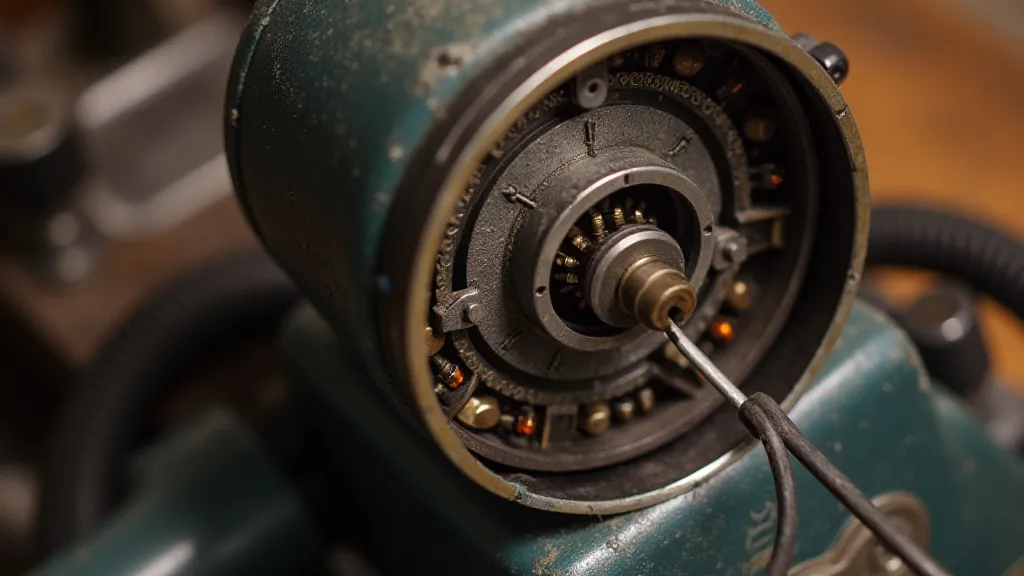
The motor’s operation is intertwined with the overall mechanism, and inconsistencies in timing or unusual sounds could be an indicator of more complex mechanical issues needing professional intervention. Understanding the intricacies of phonograph motors is key to diagnosing their issues. The balance between lubrication and cleanliness needs constant assessment.
2. Drive Wheel and Belt Issues (Squeaking, Rattling)
The drive wheel, and the belt (if equipped) transfer the motor's power to the turntable. Problems here often manifest as squeaks or rattles:
- Dry Drive Wheel: The drive wheel's rubber surface can dry out and become brittle, leading to a squeak. Applying a rubber rejuvenator or a very light oil can help.
- Belt Slippage: If your phonograph uses a belt, ensure it’s properly tensioned and in good condition. A stretched or cracked belt needs to be replaced.
- Drive Wheel Alignment: Ensure the drive wheel is properly aligned with the turntable. Misalignment causes friction and noise.
The way the sound is projected also relies heavily on the proper functioning of these mechanisms. Early designs frequently utilized horns to enhance the audio experience, and appreciating their role offers greater insight into phonograph operation. The consistent and reliable transmission of power from the motor to the turntable is crucial for faithful reproduction. Problems in this area often require close inspection of all moving parts and careful application of lubricants.
3. Needle and Tone Arm Noise (Scratching, Buzzing)
The stylus (needle) is a sensitive component, and its condition significantly impacts audio quality and noise:
- Worn Stylus: A worn stylus will scratch and buzz. Replacement is essential.
- Improper Tracking Force: Incorrect tracking force (the pressure the stylus applies to the record) can cause distortion and noise. Refer to your phonograph's manual for the correct setting.
- Tone Arm Bearings: The tone arm bearings allow smooth movement. Dry or dirty bearings can cause friction and noise. Careful cleaning and lubrication may be needed.
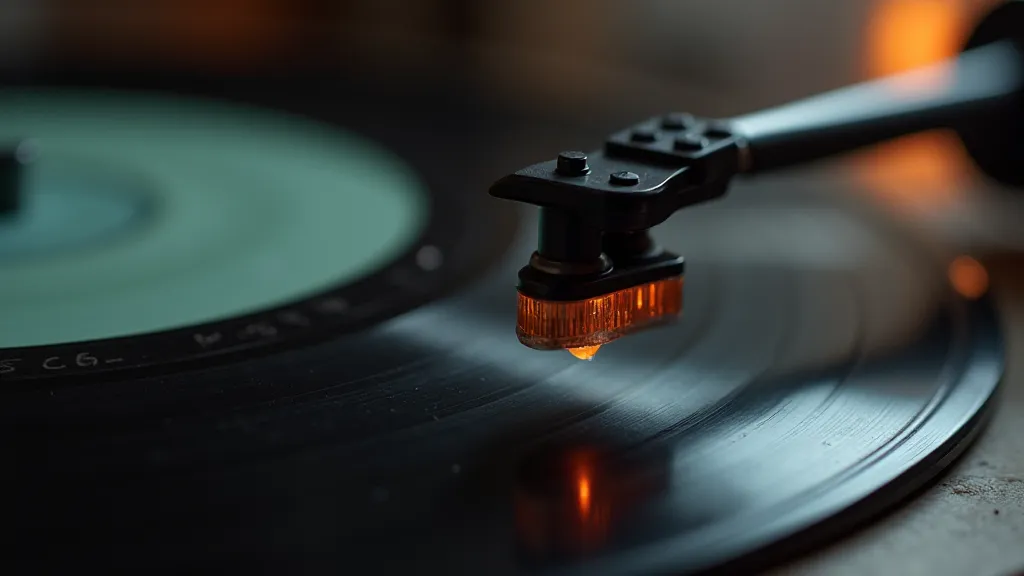
Beyond the immediate sonic impact, the condition of the tone arm and its bearings directly influences the longevity of your records. Correct alignment and proper tracking force are essential for preserving the integrity of the grooves.
4. Gears and Mechanical Components (Rattling, Clicking)
The intricate gear train within a phonograph is susceptible to wear and tear. Loose or worn gears can rattle.
- Loose Gears: Carefully inspect the gears for looseness. Some gears may be secured with pins or screws that can work loose over time.
- Dry Gears: A very light application of machine oil can reduce friction and noise.
- Worn Bushings: The bushings that support the gears can wear out, causing play and noise. Replacement is sometimes necessary.
The precision engineering of these gears is a testament to the era's manufacturing capabilities. Even seemingly minor issues with gear alignment can cause significant noise and operational difficulties.
5. Cabinet Vibration (Resonance)
The phonograph cabinet itself can vibrate, especially at certain frequencies, amplifying the sound and creating a buzzing or rattling effect.
- Tighten Loose Parts: Check for any loose screws or brackets on the cabinet.
- Damping Materials: Placing damping material (like felt or rubber pads) between the motor and the cabinet can reduce vibration.
The materials used in phonograph cabinets and their construction techniques significantly influenced their acoustic properties. Understanding these properties can provide insights into optimizing sound reproduction.
Important Cautions
Repairing antique phonographs can be delicate work. Always disconnect the phonograph from the power source before attempting any repairs. If you're not comfortable performing these repairs yourself, seek assistance from a qualified phonograph repair technician. Furthermore, remember that the cabinet's construction and materials significantly impact resonance and overall sound quality. Understanding the historical context of these machines can offer valuable clues when troubleshooting issues. The mechanical interplay between the motor, drive mechanism, tone arm, and stylus requires careful attention to detail and a methodical approach to diagnosis.
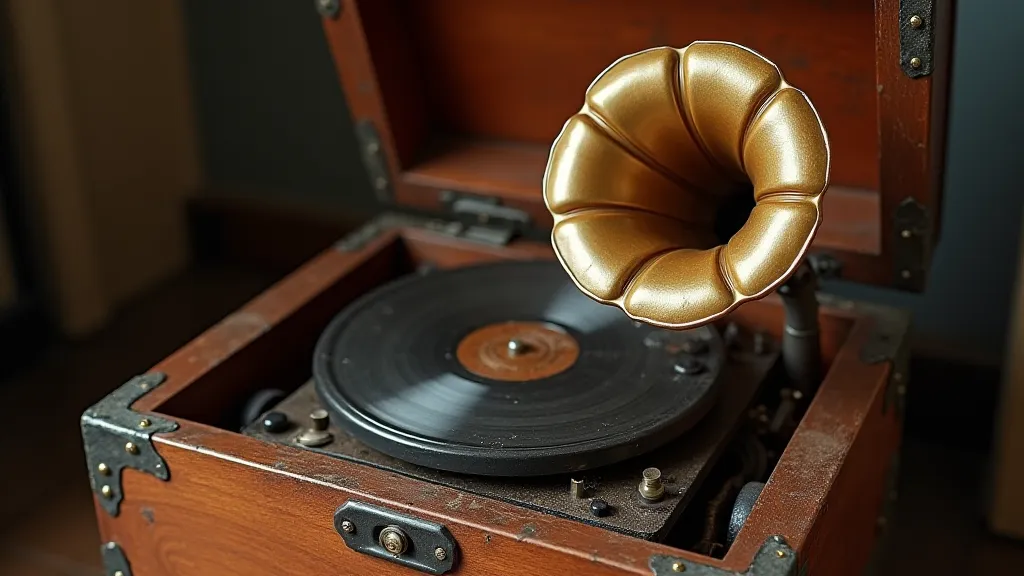
Advanced Troubleshooting and Maintenance
Beyond the common issues addressed here, several advanced topics warrant consideration for those seeking a deeper understanding of phonograph maintenance. The mainspring, responsible for powering the winding mechanism, is a critical component that requires periodic inspection and occasional replacement. Learning understanding and replacing phonograph mainsprings can be a challenging but rewarding endeavor for experienced repair enthusiasts. Similarly, the delicate balance of springs throughout the mechanism is crucial for smooth operation. Small deviations can lead to significant noise and operational difficulties.
Conclusion
A noisy phonograph can be a frustrating experience. By systematically investigating the potential causes and applying the appropriate fixes, you can restore your vintage audio system to its former glory and enjoy the rich, nostalgic sounds of yesteryear. The design and materials used in these devices reflect a time of innovation and craftsmanship, and maintaining them requires patience, skill, and a genuine appreciation for their historical significance. These devices represent a pivotal moment in audio technology, and understanding their intricacies allows us to better appreciate their enduring legacy. Restoring a phonograph is more than just fixing a machine; it’s preserving a piece of history and ensuring that future generations can experience the magic of early recorded music.
